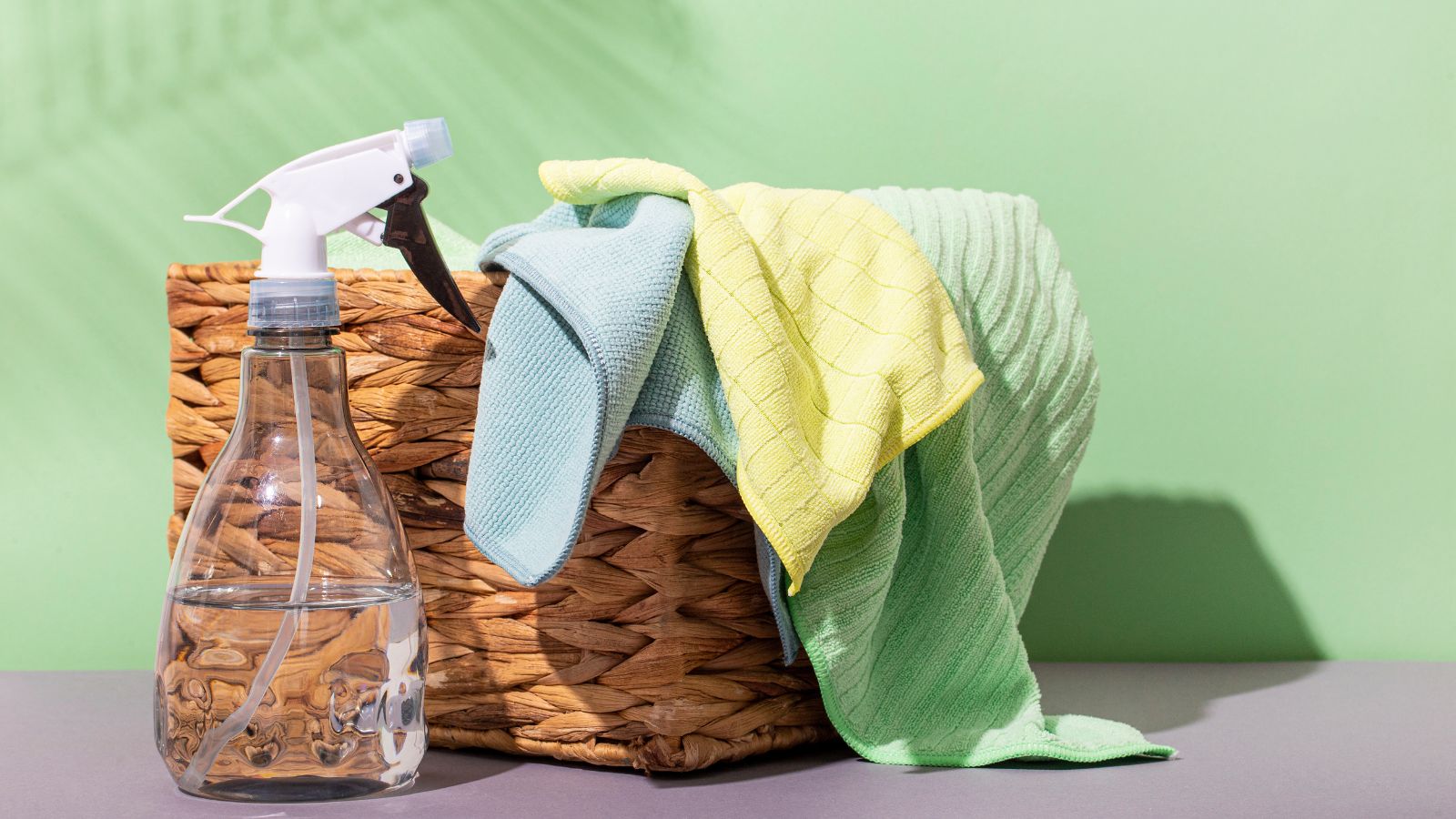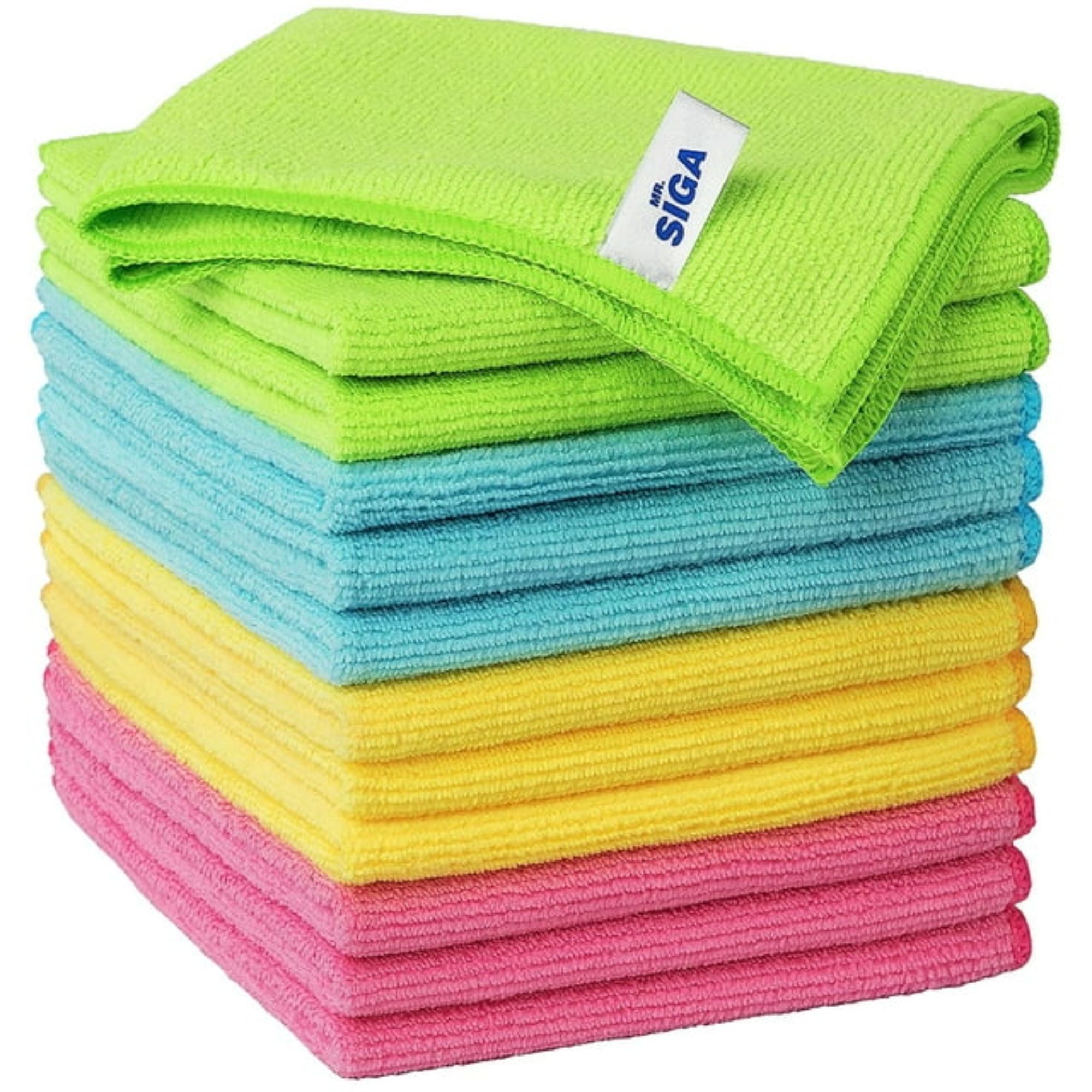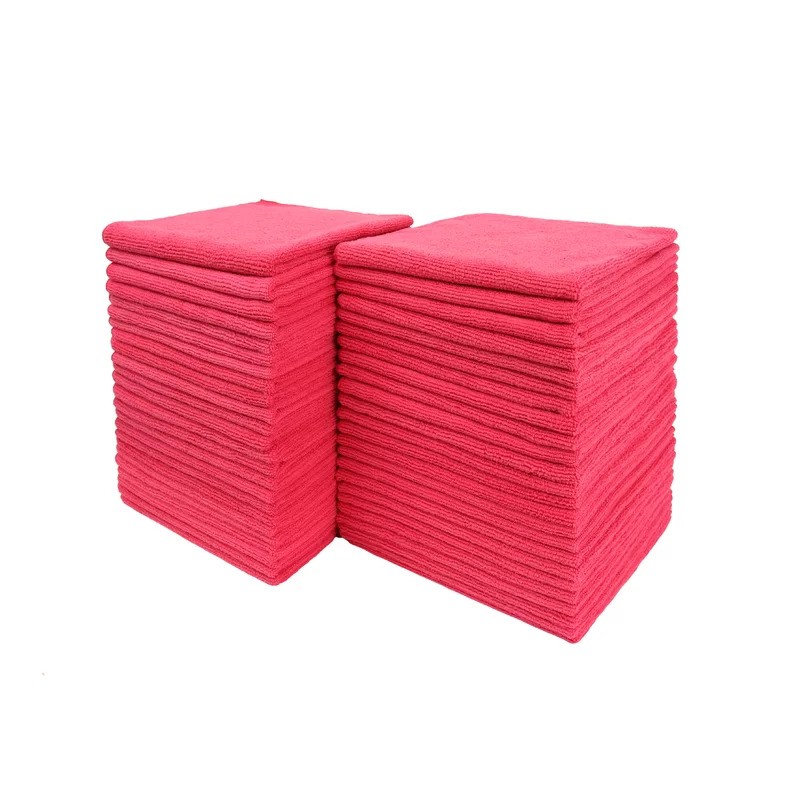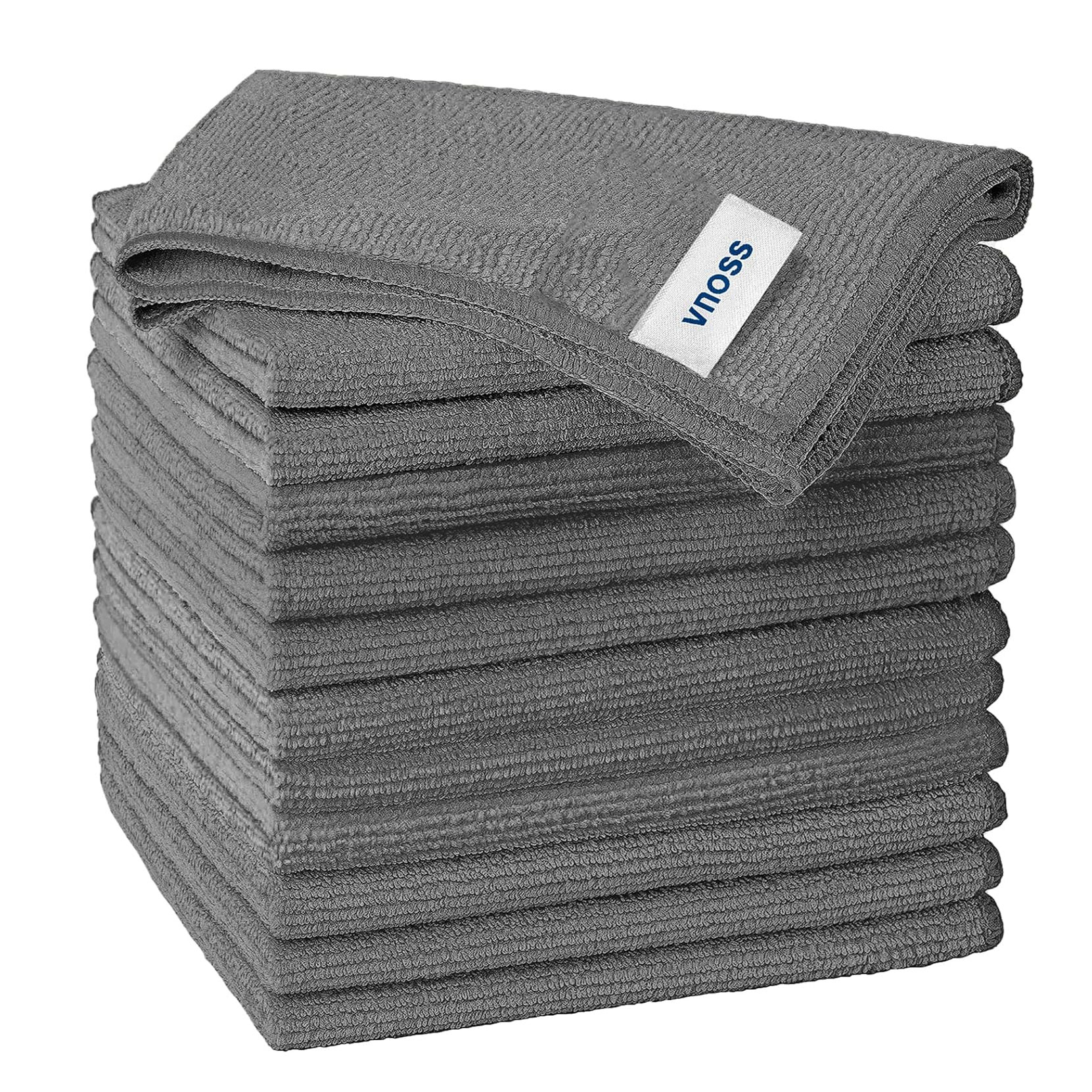5 common microfiber cloth mistakes you're probably making – and how to avoid them
Cleaning and laundry experts share common microfiber cloth mistakes so you can keep them working effectively for longer


Microfiber cloths are a favored cleaning tool for a reason. They're perfect for all manner of household tasks, from cleaning shower doors to dusting monitors. But many of us aren't using them to their full potential because, and we may even be using them incorrectly.
According to professional cleaners, microfiber cloths aren't just for cleaning anything. They're excellent for dusting and for wiping surfaces like glass when you don't want to leave streaks. Microfiber cloths are also great at removing dust, making them versatile to a number of cleaning requirements.
However, there are some drawbacks to microfiber clothes. As someone who relies heavily on microfiber cloths for much of my cleaning and work around the house, I've found that the most common mistakes can also dampen their effectiveness.
Stop making these microfiber cloth mistakes
Below are some common microfiber mistakes shared by cleaning experts:
1. Not cleaning regularly
There are so many ways to use microfiber cloths, and they are pretty amazing at trapping dirt, grease, and bacteria. But, if you don't clean them often enough, that gunk can build up and make them less effective. And if you're not careful, bacteria can start growing on them and spread around your house when you use them. So, clean them after every use, especially if you've been cleaning up something particularly nasty.
Top tip: If you have a stain that just won’t come out, you can treat it before you wash it. Fold your cloth into quarters to create multiple clean surfaces. That way, you don't have to keep switching out your microfiber cloth every five seconds.
2. Using fabric softener on your microfiber cloth
I was surprised to discover that using fabric softener on my microfiber cloths caused them to leave a residue on the surfaces I was cleaning. So, now I clean my cloths with white vinegar instead (not just for microfiber but also for my clothes). Add it to the rinse cycle when you're washing, and it will naturally soften fabrics without leaving any weird residue. Plus, it's super a lot more cost-effective!
3. Washing on a high heat
High heat can melt or fuse the fibers of your cloth together. If you want to be extra careful, you can put your cloths in a mesh laundry bag, like this one from Amazon, to protect them from rough agitation during the washing cycle.
‘Separate your cloths from towels or any cotton clothing to prevent lint transfer and use cold or lukewarm water on a gentle cycle. Never use hot water!’ cautions Angela Rubin, cleaning expert and owner of Hellamaid. ‘And, when you're done washing them, shake them out to remove any excess water and fluff up the fibers. Air dry by hanging or laying them flat on a clean surface.’

Hellamaid is an award-winning cleaning company in Canada that's been featured on multiple global media brands
4. Not washing before first use
Have you ever tried using a new microfiber cloth straight out of the package and found that it doesn't work as well as you thought it would? Well, that's because most microfiber cloths are treated with chemicals or coatings during the manufacturing process that can affect their ability to absorb liquids and attract dust. So, wash your new microfiber cloth before using it for the first time. Simply mix some mild detergent such as Tide Free & Gentle Liquid Laundry Detergent from Walmart with cold water, then let the cloth air dry completely. If it has a smell, add a little vinegar to the wash cycle.
5. Not using separate cloths for different areas
Using the same microfiber cloth to clean different areas of your home can actually spread more germs around. Therefore, if you don't wash your clothes properly, you could be moving dirt, dust, and bacteria from one surface to another, making your cleaning efforts kind of pointless.
To prevent this from happening, Vera Peterson, President of Molly Maid, suggests using one cloth for kitchen surfaces, another for bathroom surfaces, and another for dusting. This way, you won't accidentally use the same cloth for different areas and spread germs. Another thing you can do is use color-coded cloths to keep them separate.

This set of 12 microfiber cloths contains 4 different color variants – perfect for keeping track of what color cloth you use on what surface.

Working most commonly on a weekly or every other week schedule, Molly Maid gives busy individuals and families clean, comfortable homes to return to and enjoy—homes cleaned according to their individual wishes and services backed by the Neighborly Done Right Promise™.
FAQs
How can you tell if your microfiber cloth is good quality?
One way to tell if your microfiber cloth is high quality is by looking at the fibers themselves. High-quality cloths have gone through a splitting process, leaving the fibers to look like an asterisk in cross-section. The splitting process leaves spaces between the fibers, maximizing the cloth’s ability to pick up dirt and absorb liquid. If your cloth isn't split, it won't be any more effective in cleaning.
Taking care of your microfiber cloths will help you greatly with your household cleaning. 'If they could only live with one cleaning tool, experts would almost always pick a microfiber cloth, and for a good reason,’ says Angela Rubin, Owner of Hellamaid. ‘Microfiber cloths are a game-changer.’
As well as using your microfiber cloths the right way it’s important that you organize and store them correctly too. This will prevent them from being damaged, so you can keep using them for longer.
Sign up to the Homes & Gardens newsletter
Design expertise in your inbox – from inspiring decorating ideas and beautiful celebrity homes to practical gardening advice and shopping round-ups.

Seraphina is a contributing editor at Homes & Gardens, writing Solved features on organizing and storage. She loves to decorate and also grow her own produce from her home in London. Her previous experience includes working at Women's Health and Fabulous Magazine.
-
 'Sexy disco-era Italy meets Japanese farmhouse in the Brazilian jungle' was the description the interior designer gave this glass-walled modernist home
'Sexy disco-era Italy meets Japanese farmhouse in the Brazilian jungle' was the description the interior designer gave this glass-walled modernist homeOffering a warm welcome that defies its stark, modernist lines, this archictectural gem is full of surprises
By Karen Darlow
-
 Are you making the most out of the estate sales in your area? These are the 5 most valuable items you should be shopping for
Are you making the most out of the estate sales in your area? These are the 5 most valuable items you should be shopping forVintage lovers and antique experts share the objects you should always look out for when you're exploring an estate sale
By Eleanor Richardson

